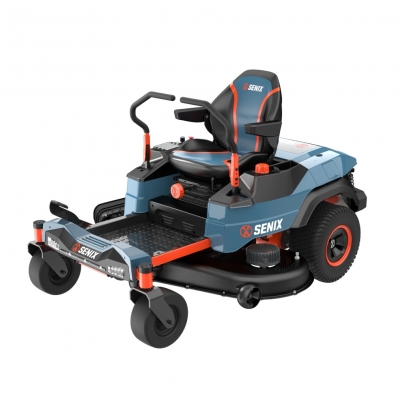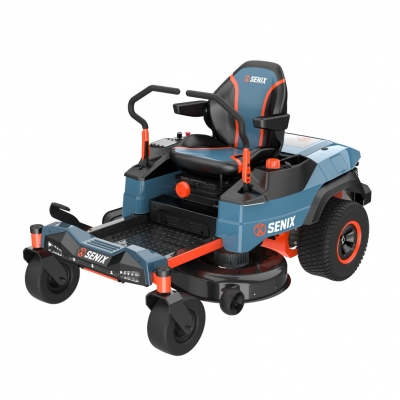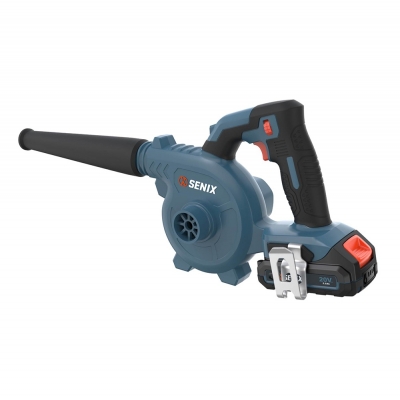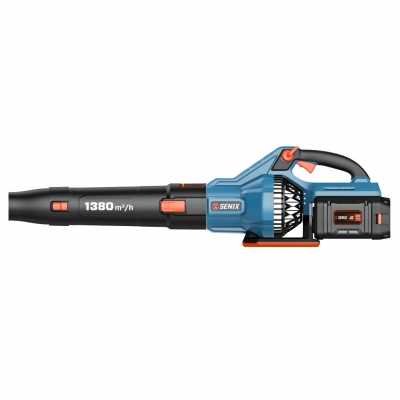How to Use Leaf Blowers Without Damaging Your Garden
A leaf blower can be your best friend when fall leaves start piling up or debris clutters your lawn. But if used carelessly, it can also be your garden's worst enemy. Delicate flowers, young plants, loose mulch, and topsoil are all vulnerable to the power of high-velocity air. The key is not to avoid using a leaf blower altogether but to learn how to use it responsibly.
With the right approach, you can keep your garden clean and intact. This guide covers practical tips, common mistakes, and expert-backed methods to help you wield your leaf blower like a pro—without turning your garden into collateral damage.
Know Your Garden's Sensitive Zones
Not all areas of your garden are built to withstand the force of a leaf blower. Beds with young seedlings, loose mulch, or sandy topsoil can be easily disrupted. Before starting, do a quick walk-through to identify where to use lower settings or switch to manual tools like a rake.
You can even mark vulnerable areas with garden flags or small stakes. This simple step helps avoid accidents when you're focused on getting the job done fast.
Use the Right Type of Leaf Blower
Leaf blowers come in a range of types—from high-powered gas models to quieter electric or battery-powered versions. For garden use, especially near delicate plants, opt for a model with variable speed control.
Electric and cordless models are usually lighter, quieter, and offer more nuanced airflow settings. They're often more garden-friendly than gas-powered blowers, which tend to be overkill for smaller or softer landscapes.
Choose the Proper Nozzle and Airflow Setting
Many modern leaf blowers come with interchangeable nozzles. A flat nozzle provides a wide spread of air, ideal for large areas, while a round nozzle concentrates airflow for tough debris.
Use a wide nozzle with lower power when working near flower beds or shrubs. Always start on the lowest speed setting and gradually increase only if needed. Blasting full power from the get-go is a common mistake that sends mulch flying and disturbs your soil structure.
Hold the Blower at the Correct Angle and Height
Aim for a shallow angle—roughly 30 to 45 degrees—so the air flows over the ground rather than digging into it. Keep the nozzle at least 12 to 18 inches above the surface to avoid disturbing the soil or damaging plant stems.
Move the blower in smooth, sweeping motions rather than quick jerks. Think of it less like pressure washing and more like sweeping with air.
Work with, Not Against, Your Landscape Design
Start at the outer edges of your garden and blow leaves inward toward a central collection point. If your yard has natural slopes or retaining walls, use them to your advantage to guide debris.
Avoid blowing directly into flower beds, borders, or under shrubs. Instead, gently coax leaves out with soft, circular movements from the edge, giving them room to escape without uprooting mulch or compacting soil.
Time It Right: Use the Blower When Conditions Are Ideal
Dry leaves and debris are much easier to move than wet, soggy ones. Wait until the garden is dry to minimize effort and reduce the risk of damage.
Avoid using the blower during high winds or right after watering your garden, as this increases the chances of scattering soil and stressing plants.
Be Mindful of Mulch and Soil Health
A blast of high-speed air can strip mulch away from root zones and expose soil to erosion. In areas where mulch is necessary to retain moisture and suppress weeds, switch to a rake or use a very low airflow setting.
Better yet, use the blower to gather debris just outside the mulched area, then remove leaves by hand or with a rake from sensitive zones.
Regular Maintenance Makes a Difference
Using a leaf blower regularly keeps debris manageable, so you don't have to resort to high power just to clear weeks of buildup. The less force you need, the safer your garden will be.
Frequent maintenance also helps prevent leaves from decomposing into a slippery or compacted layer, which can be harder to remove and more damaging when disturbed.
Using a leaf blower doesn't mean compromising your garden’s health or aesthetics. With mindful techniques, proper equipment, and a little patience, you can keep your outdoor space tidy and your plants thriving. Treat your blower like an extension of your gardening hand—not a weapon of mass defoliation—and your garden will thank you for it.

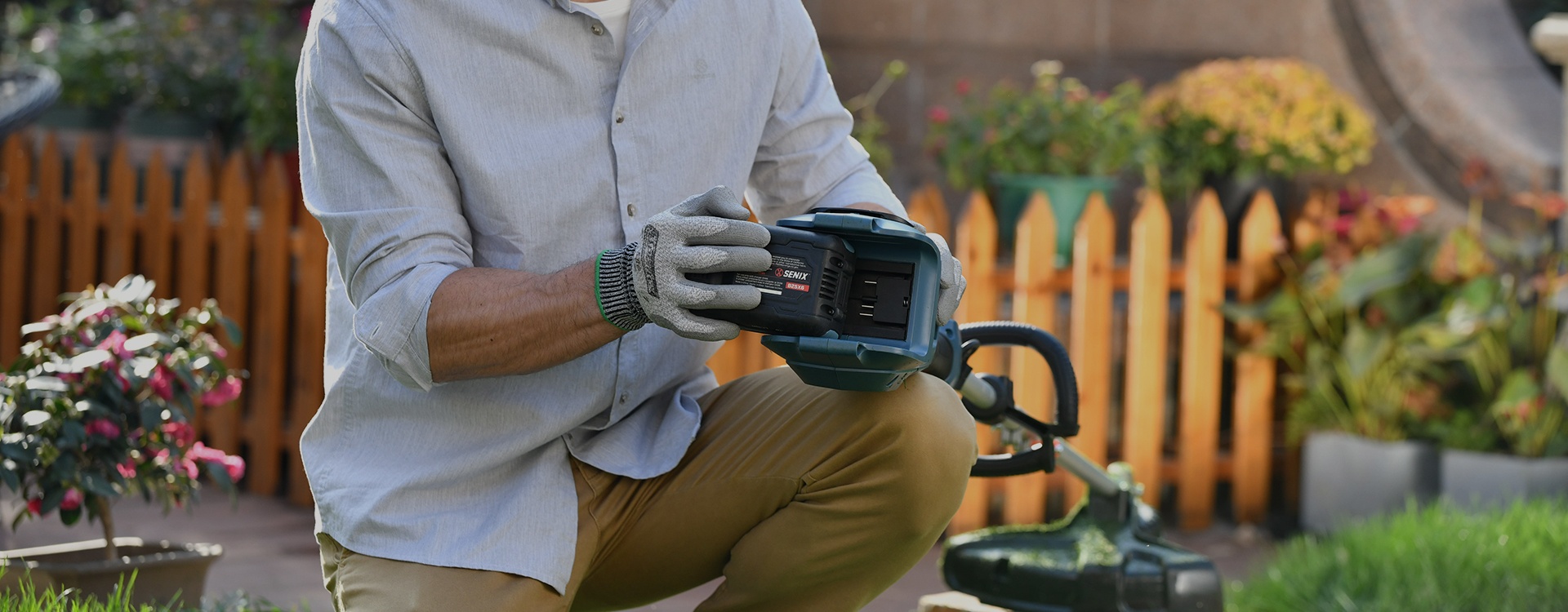
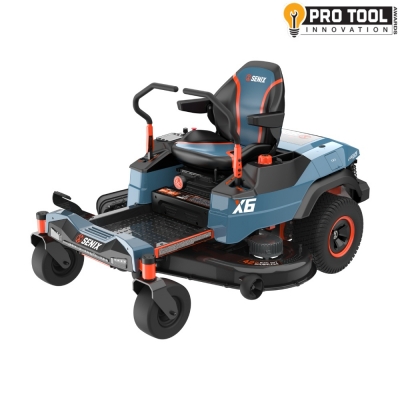
 (5.0)
(5.0)